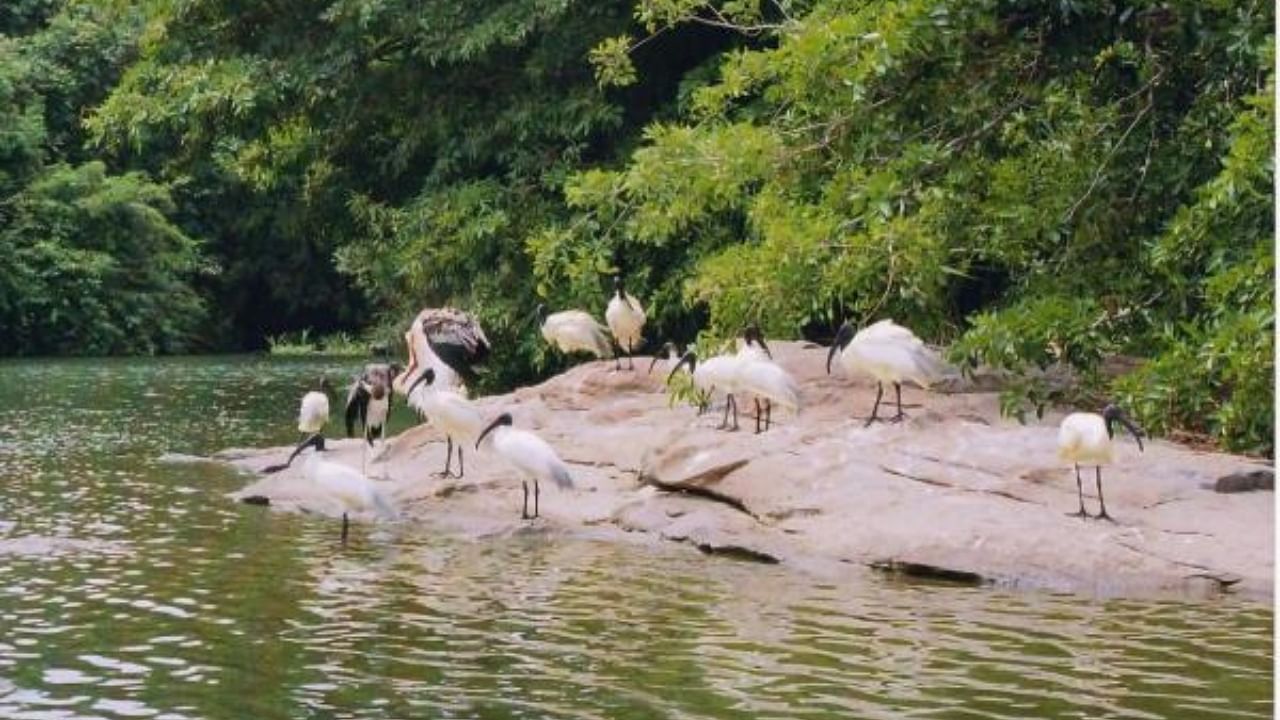
Karnataka’s Ranganathittu Bird Sanctuary on Wednesday received the tag of a Ramsar site, making it the first such protected wetland in the southern state.
Located in Mandya district, the wetland was earlier enlisted as one of the Important Bird Areas in Karnataka and India by the Bombay Natural History Society, the Union Environment Ministry said in a statement.
Ranganathittu is an ecologically important riverine wetland, rich in biodiversity, with 188 species of plants, over 225 species of birds, 69 species of fishes, 13 species of frogs, and 30 species of butterflies.
It is one of the ten new wetlands that received the Ramsar recognition, taking the number of such sites to 64 in India. Six of the ten are in Tamil Nadu.
“Absolutely thrilled to inform that 10 more Indian wetlands have got Ramsar recognition as wetlands of international importance. This takes India’s tally of Ramsar sites to 64. Special congratulations to Odisha, Goa, Tamil Nadu, Karnataka and Madhya Pradesh,” tweeted Union Environment Minister Bhupender Yadav.
The six in Tamil Nadu are: Koonthankulam Bird Sanctuary, Gulf of Mannar Biosphere Reserve, Vembannur Wetland Complex, Vellode Bird Sanctuary, Vedanthangal Bird Sanctuary and Udhyamarthandapuram Bird Sanctuary.
While Koonthankulam is the largest reserve for breeding resident and migratory water birds in south India, Gulf of Mannar is one of the most biologically diverse regions in India.
Others in the new list are Satkosia Gorge in Odisha, Nanda Lake in Goa and Sirpur Wetland in Madhya Pradesh.
Wetlands provide a wide range of ecological resources and ecosystem services such as food, water, fibre, water purification, flood moderation, erosion control and climate regulation. They also serve as a key source of fresh water supply by soaking the rainfall and recharging the groundwater.
The 10 new sites together cover an area of 1.52 lakh ha whereas the 64 wetlands together account for 12.5 lakh ha.
The aim of the Ramsar list, according to an official, is to develop and maintain an international network of wetlands which are important for the conservation of biological diversity and for sustaining human life.
In the 75th year of independence, the ministry plans to get Ramsar recognition for 75 wetlands. If that happens, nearly one-tenth of India’s known wetland areas would be a part of the international network.
In June, Yadav met Martha Rojas Urrego, Secretary General, Ramsar Convention on Wetlands to discuss the Indian proposals following which five wetlands received the tag in July. Three of them are in Tamil Nadu while the other two are in Mizoram and Madhya Pradesh.
Karnataka sought the Ramsar status also for Aghanashini estuary in Uttara Kannada, Magadi-Shettikeri tanks in Gadag and Ankasamudra in Ballari.
